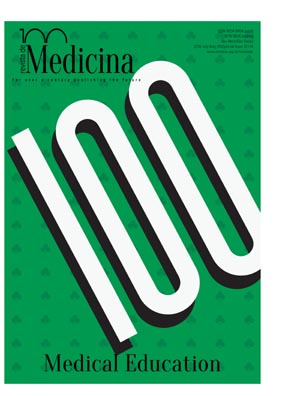Rare disease research requires (and benefits from) global collaboration: three examples from the Castleman Disease Collaborative Network
DOI:
https://doi.org/10.11606/issn.1679-9836.v95ispe3p24-29Palavras-chave:
Giant lymph node hyperplasia, Giant lymph node hyperplasia/pathology, Cooperative behavior, Castleman disease.Resumo
Castleman disease (CD) describes a heterogeneous group of rare and poorly understood lymphoproliferative disorders that can involve flu-like symptoms, multiple organ system dysfunction, and even death. Prior to 2012, the limited and disparate resources, including clinical data, tissue samples, and research funding, prevented the medical community from making positive strides towards understanding the pathogenesis of CD. The Castleman Disease Collaborative Network (CDCN) was created in 2012 to accelerate research and drug development for CD by facilitating global collaboration, strategically investing in high impact research, and engaging patients throughout the research process. The CDCN’s global collaborative network has been crucial for accelerating the understanding of CD. Together, the CDCN has already helped establish a uniform terminology system and a new model of pathogenesis. With the CDCN’s network in place and an ambitious international research agenda, further breakthroughs for CD are on the horizon. In this paper, we report three examples of how global collaboration has helped to advance CD research, which we believe can serve as models for other research networks and international investigators.Downloads
Os dados de download ainda não estão disponíveis.
Downloads
Publicado
2016-08-29
Edição
Seção
Articles
Como Citar
Williamson, H., Mitchell, G., Zhen, E., Enciso, A., Newman, S. K., Ahagon, D., Croglio, M., Ruth, J., Jayanthan, R., Liu, A. Y., Suarez, A., & Fajgenbaum, D. (2016). Rare disease research requires (and benefits from) global collaboration: three examples from the Castleman Disease Collaborative Network. Revista De Medicina, 95(spe3), 24-29. https://doi.org/10.11606/issn.1679-9836.v95ispe3p24-29




